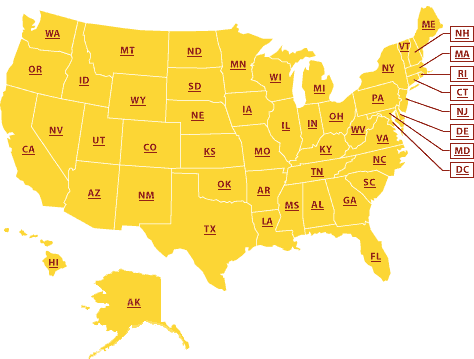DNA Paternity Test
Due to its ability to reveal our genetic make-up, DNA can be used to prove conclusively who committed a crime, positively identify siblings separated at birth, and determine without any doubt who an individual's parents are - or aren't.
Today's most common utilization of DNA is the paternity test, which uses DNA to positively identify a child's father.
Read more.
Ancestry DNA Testing
Ancestry DNA testing can demonstrate the existence of possible links between you and generations of long ago.
Perhaps you are distant relative of someone famous or wealthy?
All you have to do is swab a saliva sample from the inside of your cheek, send it to a lab and wait for the analysis to arrive.
Read more.
DNA Testing for Ethnicity
Whether it's out of simple curiosity or for a particular reason, many people want to know more about their ethnicity.
It may be of critical importance to you to learn that you have a Jewish, Native American or African heritage.
DNA testing can help determine the probability of your genetic makeup.
Read more.
Immigration DNA Testing
There has been a large increase in the number of requests for DNA testing from immigration officials worldwide, which many attribute to increased concerns about national security.
If you are considering sponsoring a relative's immigration to the U.S., it pays to understand the process so you're not caught off-guard.
Read more.
Prenatal DNA Testing
Mothers who have reason to suspect their unborn child may carry a gene abnormality or who need to establish paternity before the baby's birth can undergo DNA testing a number of ways.
Some of the methods are invasive and carry some risk, while other methods have been developed which require only a blood sample from the mother.
Read more.
Genetic Testing
DNA can be tested for the presence of genetic mutations that are found in patients with certain diseases and cancers.
If a parent passes a disease-linked mutation onto his or her children, it is not inevitable that the disease will develop.
Likewise, if no bad genes are discovered, the person who is tested cannot be 100% assured of a disease-free life.
Read more.
Sibling DNA Testing
Two or more individuals can be tested to see if it is likely that they are related as siblings or half-siblings.
If either or both parents can be tested the accuracy of the test results is greatly increased.
Sibling DNA testing can be done in a lab or in the privacy of your home.
Read more.
DNA Testing Centers
A glance at our DNATestingCenters.com directory below will reveal a plethora of DNA testing labs that perform various genetic tests.
Some testing can be done through the mail, and other types require a visit to an actual testing facility.
Click on your state to find a testing facility near you or your place of work.
Read more.
DNA Testing Center Locations

Home DNA Test
DNA testing can be done in your home if you want to establish your own or your child's paternity or if you need answers to other gene-related questions.
It is less costly than going to a medical lab and it is just as easy to do: you take saliva samples, mail them off for analysis, and within a short period of time you'll gain insight into your genome.
Read more.
Dog DNA Test
Learning who your dog's distant relatives were is not only fun, it can also be helpful in important ways. It can predict his or her propensity to develop health problems, explain odd behaviors, and suggest how to meet his or her special needs. And it can be done at home with no pain and no mess.
Read more.
